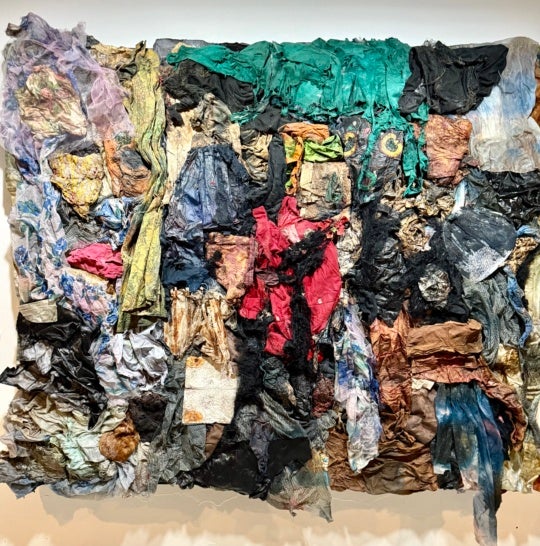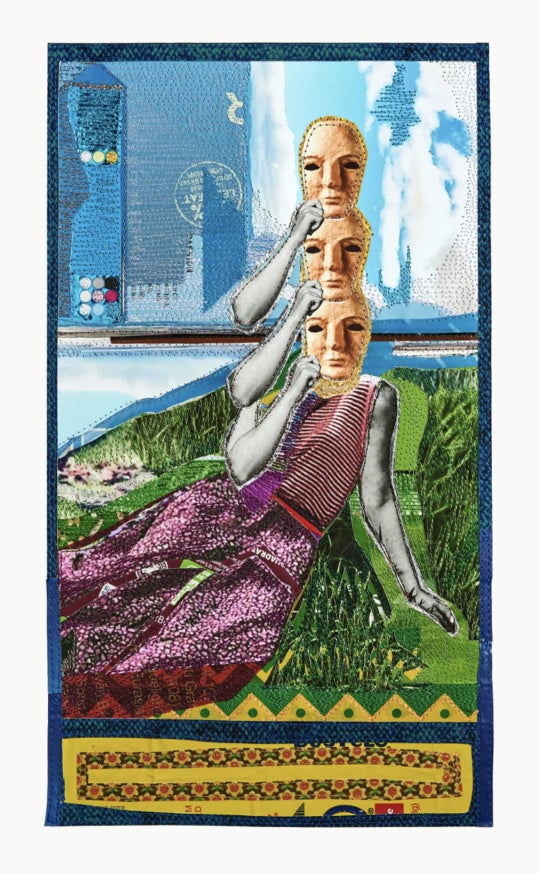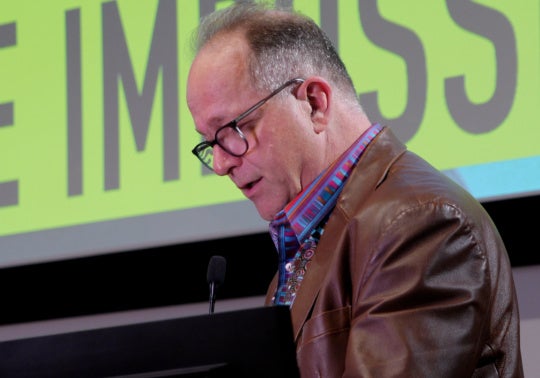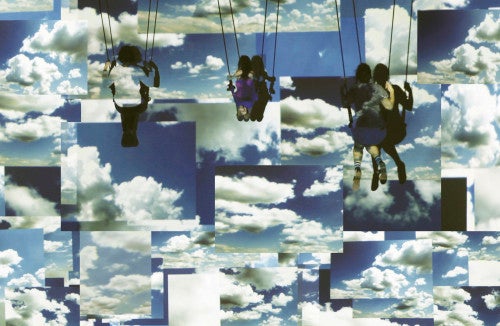
The Florida Prize in Contemporary Art is a new $20,000 award with an accompanying exhibition at the Orlando Museum of Art. The exhibition, on view through September 7, features artwork from a shortlist of 10 emerging and midcareer Florida artists. Unofficially touted as the first of its kind in Florida, the prize also brings to the Orlando institution statewide and regional attention that is usually directed toward larger arts centers like Miami and Tampa.
The artists, invited by the museum’s curator and head of collections Hansen Mulford, represent a striking diversity of practices, approaches, and issues that reflect the diversity of Florida itself. The array of concerns, bound by life in Florida, inspires optimism for contemporary art in the state, and perhaps a bit of apprehension for the future of the state itself.
Chosen by museum director Glen Gentele, Miami-based artist Agustina Woodgate is the prize’s first recipient. Though Woodgate has two pieces near the gallery entrance, it’s her large Rug Collection on the gallery’s rear wall that dominates. It comprises three hand-sewn rugs—Seven Seas (2013), Milky Ways (2013), and Peacock (2010)—colorful and sprawling synthetic fur patchworks of plush animal “skins.”
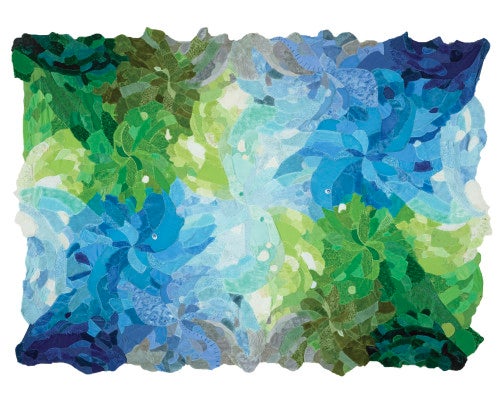
For Woodgate, her Rug Collection, and oriental rugs generally, operate much like a mandala, creating a physical and spiritual space. She says in her statement that they function as “ways of tracing archetypes in physical and material forms.” While the specifically Jungian overtones may not resonate with viewers, there is a deep sense of personal and collective psychology in each rug. The past lives of the rugs as objects of comfort, almost postmodern fetish objects, make for a rich choice of material if not an obvious one.
Of the 10 participating artists, the videos and installation by Jillian Mayer may have best captured the feel of Orlando. Mayer makes little distinction between online and off, reality and a digitally experienced version of it, and even between the art world and the world at large. She finds strange spaces in which these pairs have fused through work that is as submissive to technology as it is subversive. This may be most readily seen in her installation Swing Space (2013), for which three swings are positioned across several projected videos of idyllic skies drifting in various directions on the wall. However, the videos more closely resemble Windows 95–era screensavers than actual cloudscapes. In a way, the work acts as a playful and extremely pared down simulation of flight that will likely recall the rides of nearby theme parks for many. Unlike those attractions, however, the installation puts little effort toward realism, and even highlights its digital makeup. Ironically, Swing Space seems to hold on to a measure of authenticity in this way, not despite the unabashed artificiality but because of it.

four panels, 65 by 216 inches overall.
Light on two-dimensional work, the exhibition includes three painters, and Elisabeth Condon is perhaps the most exciting among them. In her four-panel painting All That Glitters is Gold (Rock Opera), 2012, Condon maintains a strong sense of composition, almost an architecture that could even be found in the painting’s most abstract corners. The figurative aspects of her paintings, on the other hand, are balanced by an open-mindedness toward medium. All That Glitters is Gold makes use of glitter, Mylar, and rhinestones as well as paint in depicting the 1970s Los Angeles club Rodney Bingenheimer’s English Disco. The red and blue lightning bolt that punctuated David Bowie’s face on the cover of his album Aladdin Sane is used by Condon at the top of the left panel as a demarcation in the painting between the L.A. night sky and what can perhaps be a restroom mirror. Condon layers various perspectives, simultaneously presenting the inside and outside of the club as if floating through the structure via hazy memory. The painting in this way becomes a convincing psychological landscape.
It may be the exhibition’s painters that best illustrate the state of contemporary art in Florida. Aside from the shared medium and common exhibition, they are otherwise entirely dissimilar. This sort of pluralism, cherished in art, at once edifying and volatile, is also part of Florida’s peculiar nature.
Danny Olda lives and works in Tampa, Florida, as an art critic and editor of the quarterly magazine ART AT BAY.


